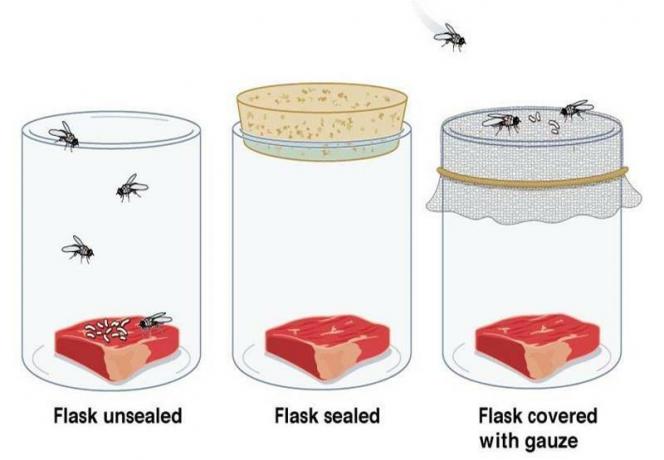Scientists hypothesize that a huge explosion scattered countless fragments of a compact mass of matter across the Universe about 10 to 20 billion years ago. They believe that these fragments are still moving through the Universe and therefore we could say that the Universe is in continuous expansion. This explosion is known as Big Bang Theory. The fragments released in the explosion were very hot and as they became a little cooler, the atoms of many chemical elements would have been formed, such as those of hydrogen and those of helium.

see more
Ninth economy on the planet, Brazil has a minority of citizens with…
Biology teacher fired after class on XX and XY chromosomes;…
According to the Big Bang Theory, the Sun would have appeared between 5 and 10 billion years ago and the heat released by the Sun would have happened by because of the great compressions by gravitational attraction forces that the forming matter of the star king suffered. These compressions caused matter to ignite and release heat. This led to the appearance of other elements, derived from helium and hydrogen. The planets, including Earth, would have originated from the fusion of elements that the Sun released with large amounts of dust and gases.
There is a question that still worries scientists around the world today: how did life appear on our planet? Many hypotheses have already been suggested to solve this question. Around the 1930s, a Russian scientist named oparin, suggested that a mixture of gases (methane, ammonia, hydrogen gas) and water vapor formed our planet's atmosphere. This atmosphere was continuously struck by lightning and penetrated by ultraviolet rays from the Sun, until there was the breakdown of some molecules and, consequently, the synthesis of some compounds organic. These organic compounds were taken to the primeval oceans by the strong storms that hit our planet at the time and there they combined to form more complex molecules until they changed and began to capture the energy of the Sun.
The philosopher Aristotle believed that various materials, under favorable conditions, could give rise to life, they could be: sunlight, mud, decomposing material, etc. For him, there were vital principles that would determine the emergence of life even from inanimate substances, the so-called origin of life by spontaneous generation or abiogenesis. The theory of abiogenesis was predominant until the middle of the 19th century. A Belgian doctor named Van Helmont, released a recipe for the emergence of living beings through inanimate matter: in a box put on a dirty shirt, wheat germ and wait 21 days, after that period, mice. For Van Helmont, the active principle in this case was human sweat on his shirt.
Redi's experiment
In contrast to this theory of abiogenesis, theories have emerged that claim that a life can only be generated from a preexisting one, known as the biogenesis theory. The Italian biologist Francesco Redi was the first to attempt, experimentally, to demystify the theory of abiogenesis. He proved that maggots in meat and decaying corpses only appeared if they were contaminated with tiny eggs laid by insects that had previously landed there. Using wide-mouthed flasks and pieces of rotting meat he was able to disprove the theory of abiogenesis.
In the first jar he put the meat and sealed the mouth with a lid, no larvae appeared. In the second jar there was a piece of meat and the jar was left open, larvae emerged which then turned into insects. In the third jar there was also the piece of meat and this was sealed with a thin gauze. No larvae appeared, but the insects were attracted and landed on the gauze.

Pasteur's experiment
Louis Pasteur was an extremely important French scholar for science. He put an end to the idea of spontaneous generation for good. He prepared a nutritious broth and put it in two types of flasks: one with long, straight necks and the other with long, swan-shaped necks. The two flasks were left open, letting air freely enter them. Only microorganisms appeared in the broth in the straight neck flask because the curved ones deposited the microorganisms in the curves, leaving the broth sterile.

Denisele Neuza Aline Flores Borges
Biologist and Master in Botany
